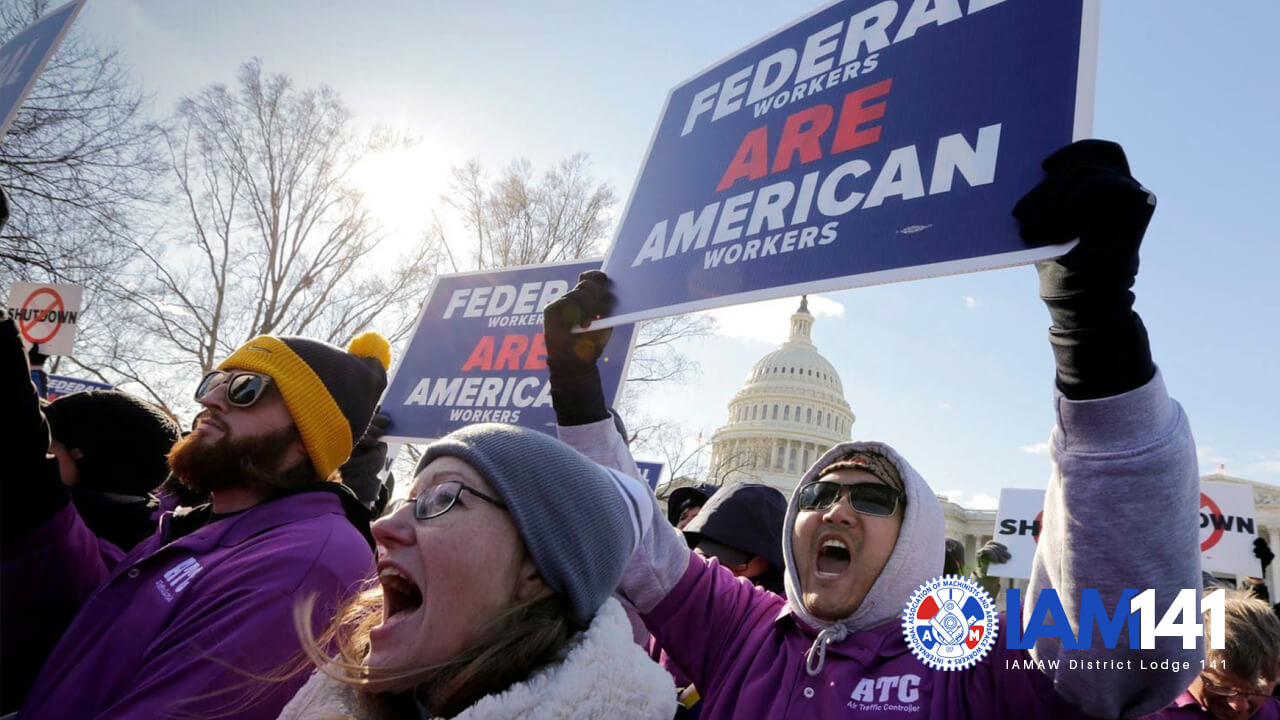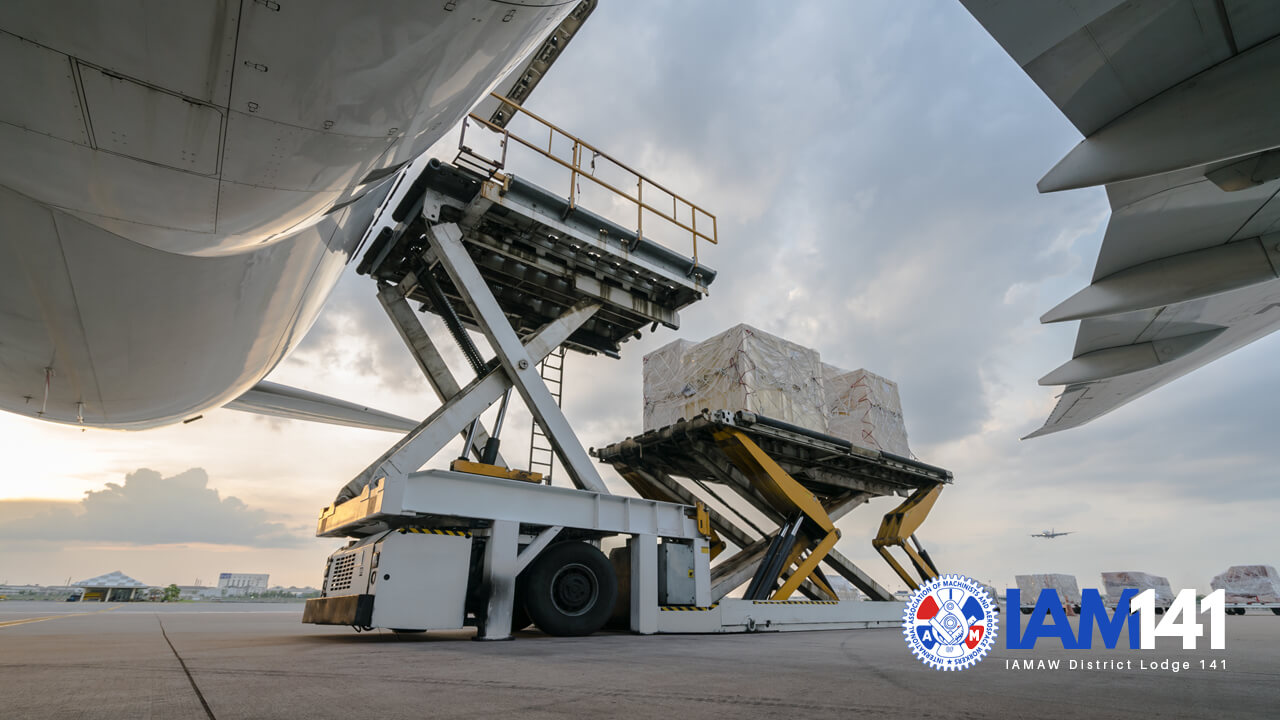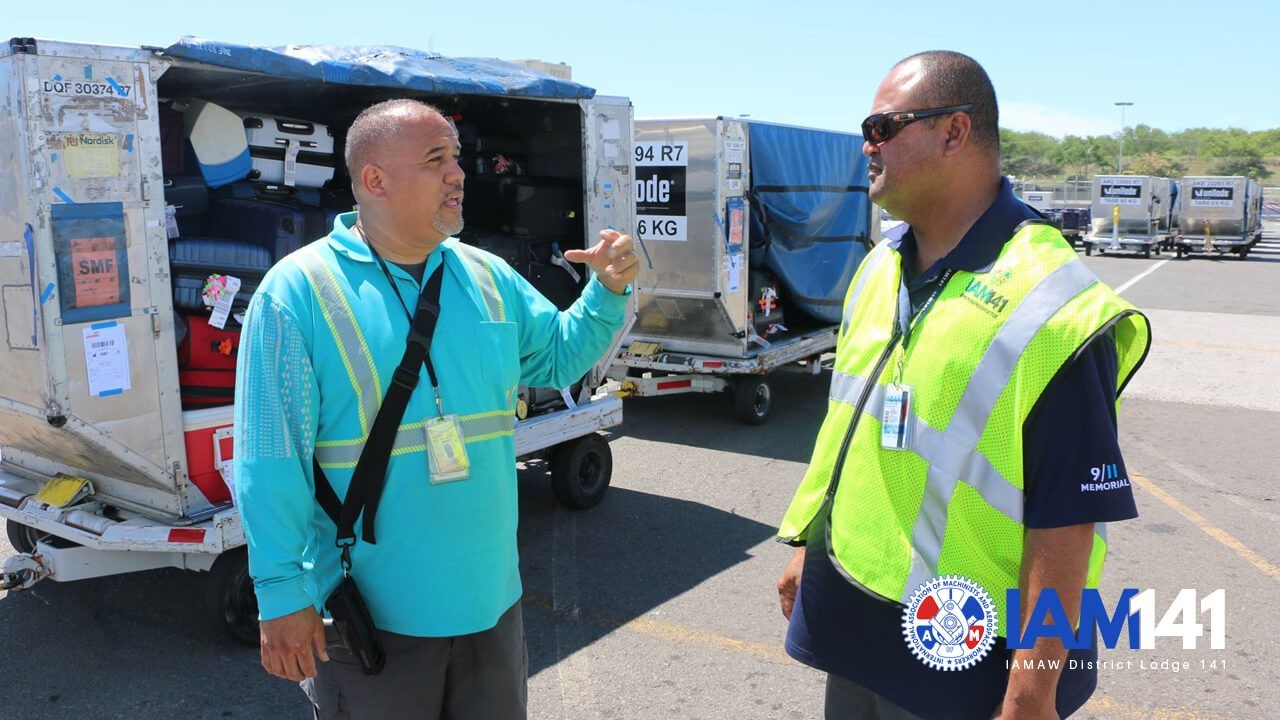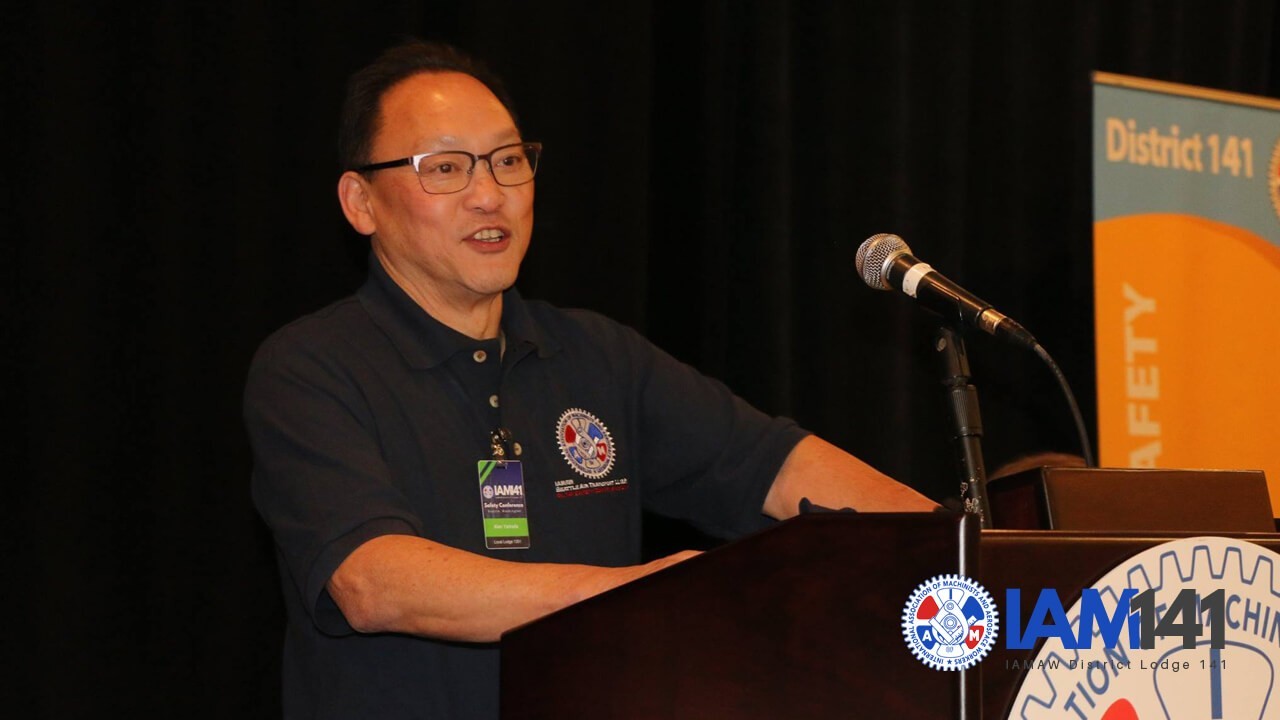
by Eric Price | Jan 16, 2019 | Airlines, American, Community Service, Departments, EAP, Education, Hawaiian, Home, MNPL, Organizing, Philippine, Safety, Spirit, United
Updated: 1/17/2019 The Federal Government shutdown began back in December, screwing over about 2 million workers and everyone who depends on them. This includes 51 thousand TSA Agents that keep our airlines moving. Here’s a running list of how the shutdown is...

by Eric Price | Jan 15, 2019 | Airlines, American, Community Service, Departments, EAP, Education, Hawaiian, Home, MNPL, Organizing, Philippine, Safety, Spirit, United
Houston’s largest airport, Bush Intercontinental (IAH), is closing a primary security checkpoint as they deal with staffing shortages caused by increasing numbers of TSA agents who can no longer afford to come to work without pay. The announcement follows a...

by Eric Price | Dec 19, 2018 | Airlines, American, Departments, Hawaiian, Home, Philippine, Safety, Spirit, United
4 Ways to Leave Work in Total Pain Download Newly Released Research by UnionSafe141 has info for airline workers looking to avoid the OJI Pain Train. Try to think of something that will ruin your day at work, and airline workers are probably dealing with that...

by Eric Price | Dec 12, 2018 | Airlines, Departments, Featured, Hawaiian, Home, Safety
Practice Makes Perfect Download In airline safety Practice Makes Perfect Fewer safety reports may be a sign that an airline is being less honest, not safer. Airlines all face the same fundamental challenges keeping travellers and workers safe. When one of these...

by Eric Price | Dec 12, 2018 | Departments, Featured, Home, Safety
Ask anyone at Local 1351 in Seattle, and they will struggle to remember a time when Al Yamada wasn’t president. Al has served as president of Local 1351 for so long, in fact, that only the most senior IAM Members at Seattle’s Sea-Tac airport can remember anyone else...
by Eric Price | Dec 10, 2018 | Airlines, Departments, Featured, Home, Safety, Video
Here is the review of this weeks Safety Conference which you will hear feedback from four people who attended.






